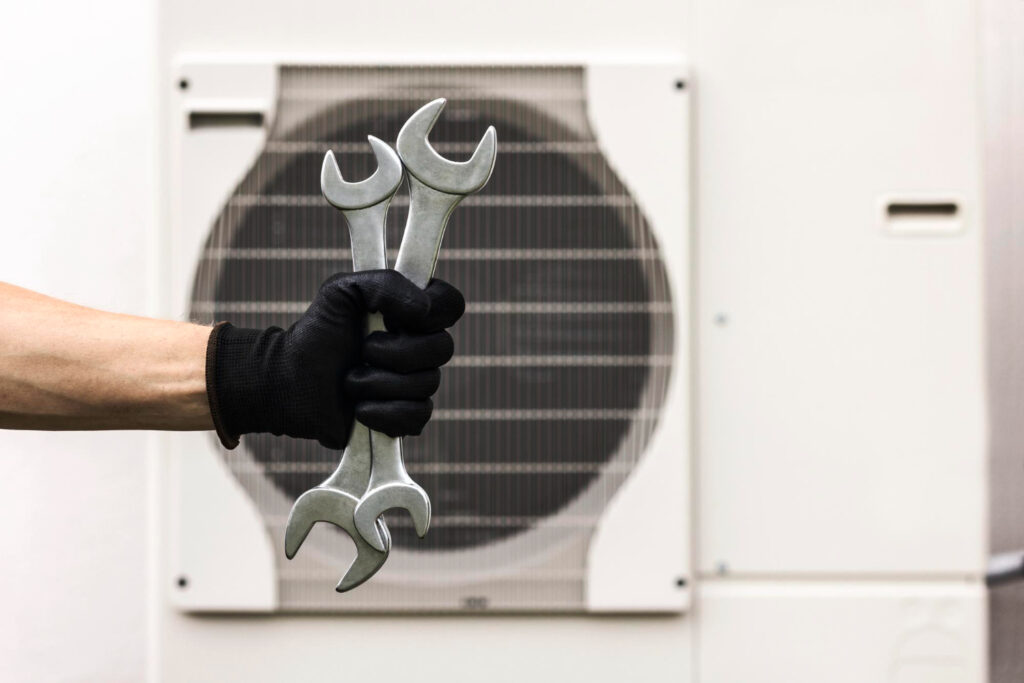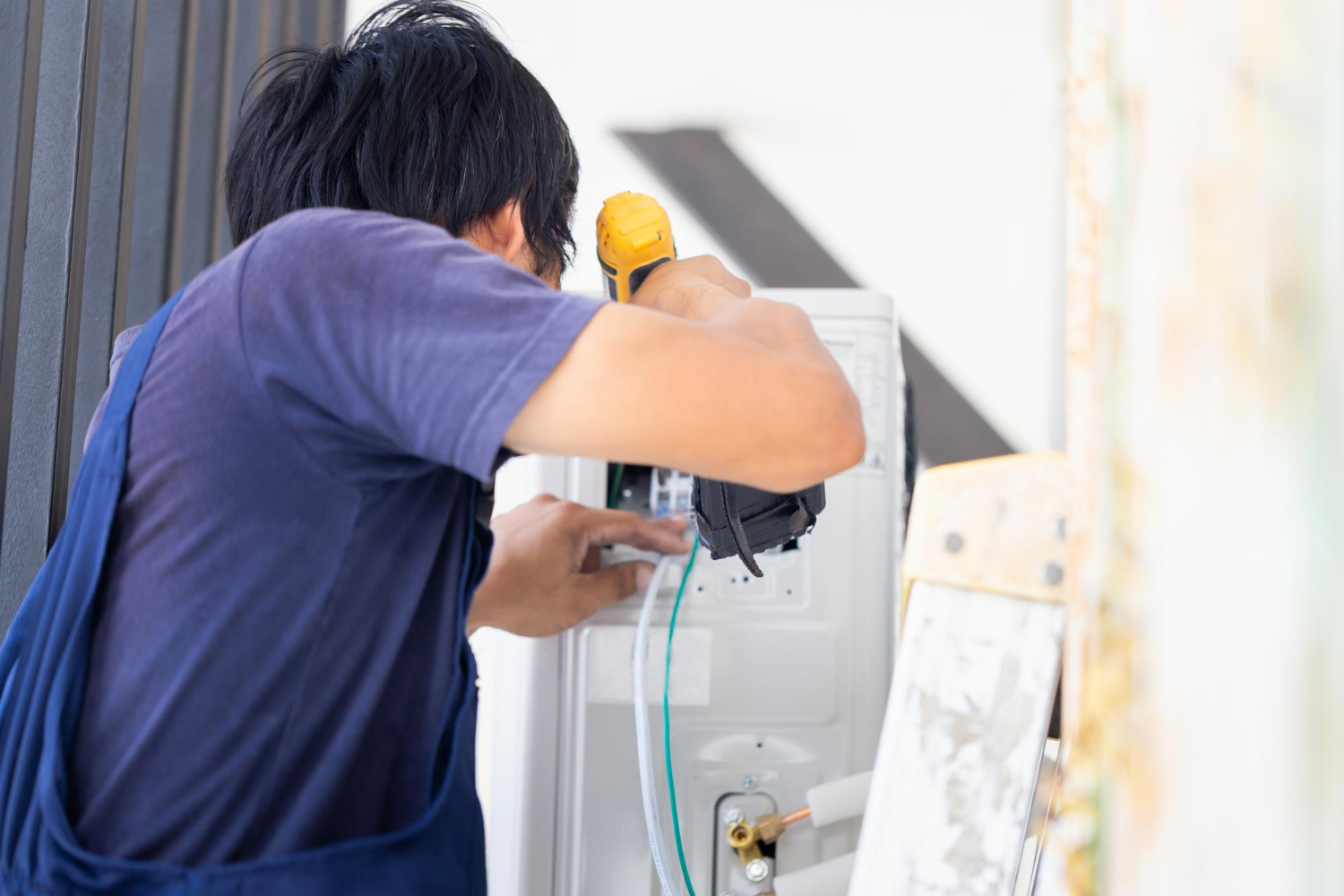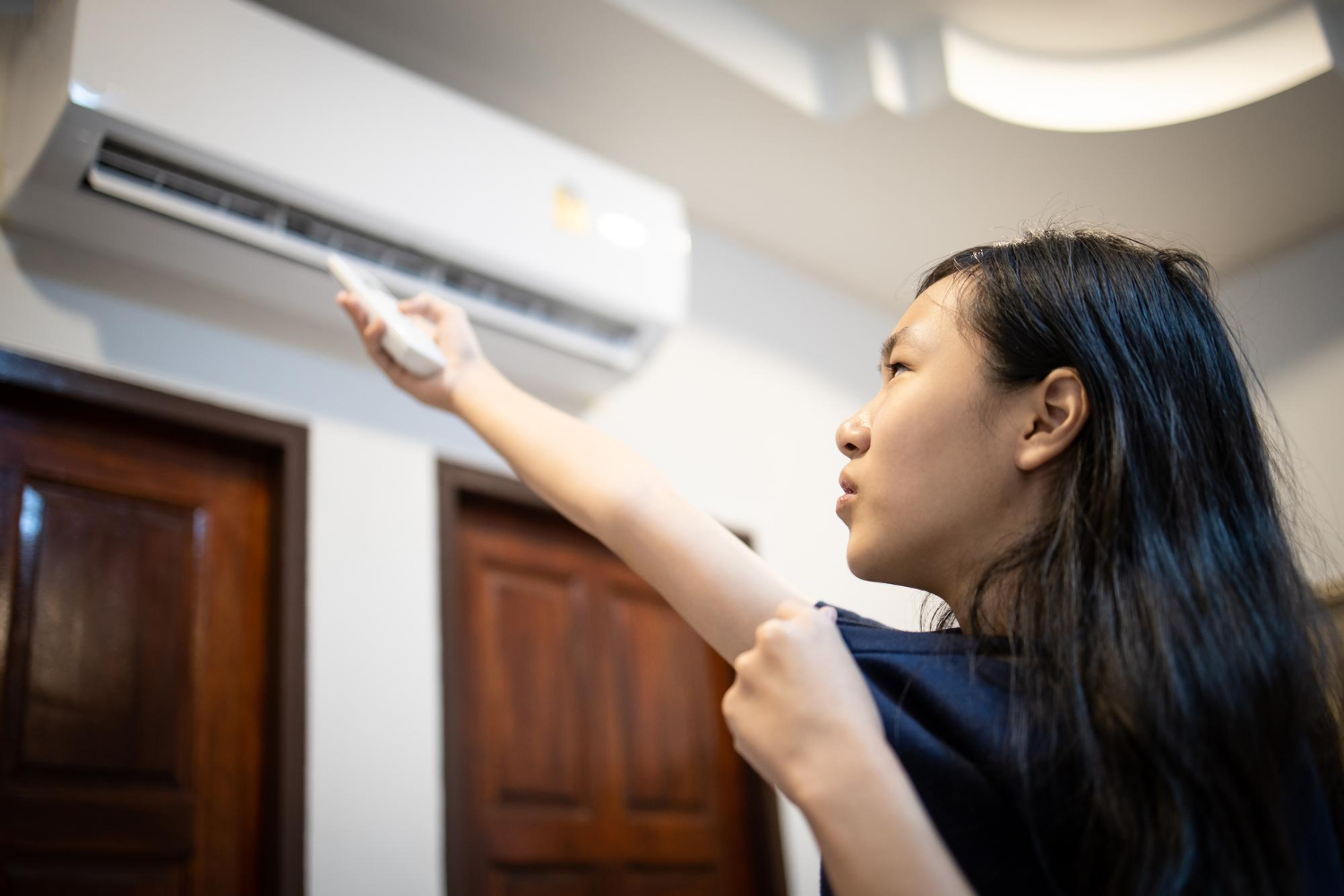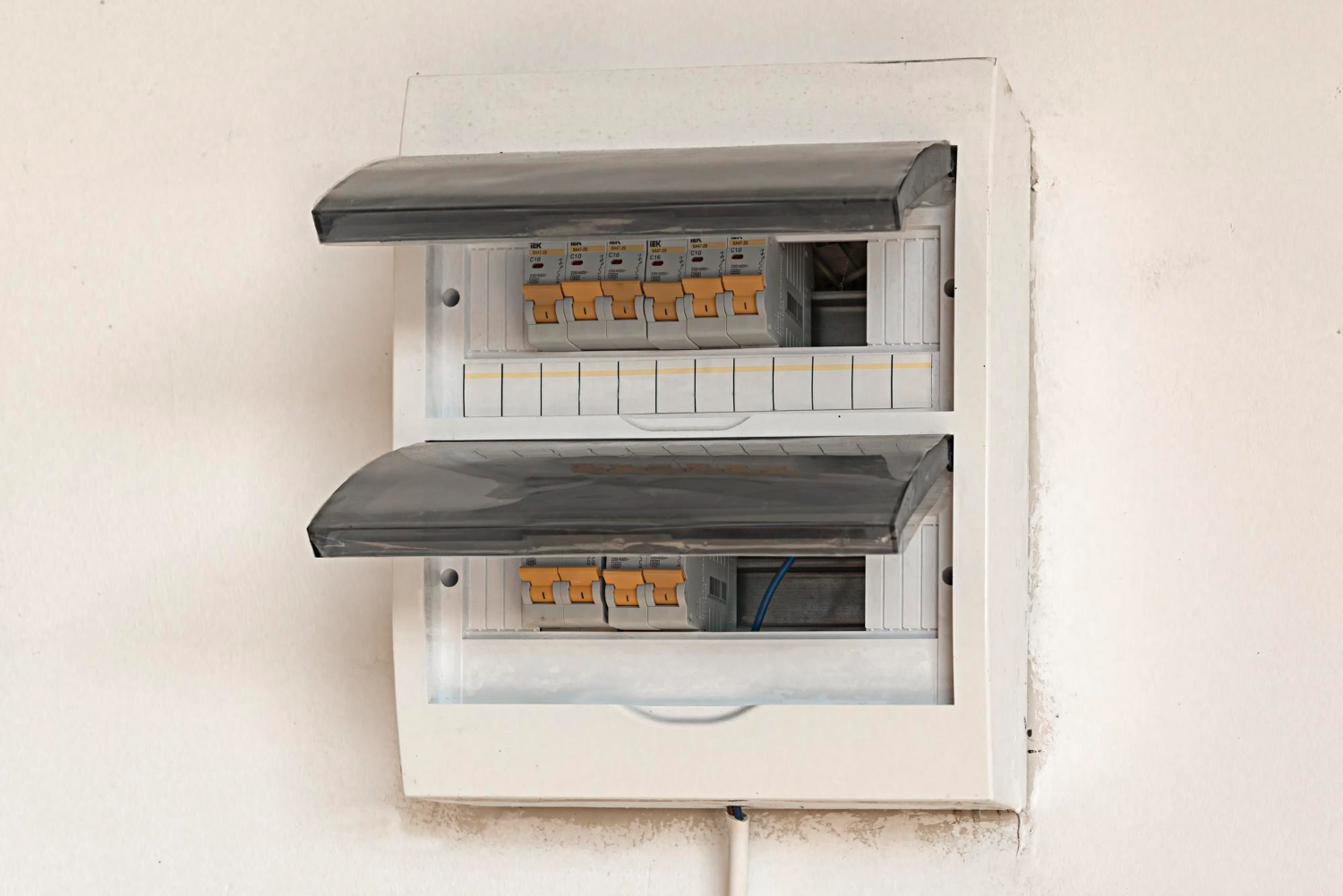Heat pumps are a valuable asset in maintaining comfortable indoor temperatures throughout the year in Olney homes. However, like any other mechanical system, they can encounter problems. One common issue that homeowners may face involves the heat pump defrost cycle. Understanding what this cycle is and what can go wrong with it is essential for ensuring your home stays cozy and your heat pump operates smoothly.
The defrost cycle in your heat pump is critical for removing frost buildup that can occur on the outdoor unit. Proper operation of this cycle is key, especially during the colder months. When frost accumulates, it can impede the heat pump’s efficiency, leading to increased energy costs and reduced heating performance. Being aware of how the defrost cycle should function and recognizing potential issues early on can prevent larger problems and keep your home warm and efficient.
The Heat Pump Defrost Cycle Explained
The heat pump defrost cycle is an automatic process designed to melt any frost or ice that builds up on the outdoor coils. During normal operation, a heat pump transfers heat from outside to inside your home. However, when temperatures drop, this process can cause frost to form. The defrost cycle is a brief period when the heat pump temporarily reverses itself, shifting into a cooling mode to allow warm refrigerant to flow through the outdoor coils. This melts the ice, ensuring the heat pump continues to operate effectively.
Typically, the defrost cycle occurs at periodic intervals, depending on the specific model and weather conditions. During colder weather, the cycle might engage more frequently to keep the outdoor unit free of frost. A properly functioning defrost cycle is usually seamless, with the heat pump switching back to heating mode once the frost is cleared. However, when this cycle encounters issues, you might notice prolonged cycles or an inability to maintain consistent warmth in your home.
Common Defrost Cycle Problems
Several issues can affect the defrost cycle in a heat pump. Recognizing these problems early can help prevent disruptions in your home’s heating.
1. Sensor Malfunctions: Sensors detect when there is excessive frost build-up. If these fail, the defrost cycle might not initiate when needed.
2. Control Board Issues: The control board regulates the defrost cycle’s timing and duration. Faulty components can result in incorrect cycle execution.
3. Refrigerant Levels: Low refrigerant can lead to ineffective defrosting, as there may not be enough heat to melt the accumulated ice.
Symptoms of defrost cycle problems include frequent cycling, reduced heat output, and visible frost buildup on the outdoor unit. If you experience any of these, it’s wise to have our technicians inspect and address the issue promptly. This ensures your heat pump runs efficiently and keeps your home comfortable throughout Olney’s chilly periods.
Impact of Defrost Problems on Heat Pump Performance
When the defrost cycle in your heat pump doesn’t operate correctly, it can lead to multiple issues that affect your home’s heating efficiency. One significant impact is on energy consumption. A heat pump struggling with defrost problems may work harder to maintain desired temperatures, driving up electricity bills. Additionally, when frost builds up excessively on the outdoor coils, the heat transfer process is impeded. This means your heat pump can’t extract as much heat from the outside air, resulting in insufficient heating inside the home.
Reduced heating effectiveness is another consequence of prolonged defrost cycle issues. You might notice rooms taking longer to warm up or not reaching the desired temperature at all. Over time, persistent problems with the defrost cycle may cause wear and tear on the heat pump components, leading to breakdowns and costly repairs. Addressing defrost cycle issues promptly can help avoid these negative impacts, ensuring your system runs smoothly and efficiently.
Solutions and Preventive Measures
To keep your heat pump in top shape, it’s essential to address defrost cycle problems early and take preventive actions. Here are some practical steps homeowners in Olney can take:
– Schedule Regular Maintenance: Ensure your heat pump receives routine check-ups. Our professionals can assess the condition of your system, including the defrost cycle, to identify and resolve any issues before they escalate.
– Monitor System Performance: Pay attention to changes in your heat pump’s operation, such as noises, prolonged cycles, or a decrease in heating efficiency. Early detection of these signs can prompt timely intervention.
– Keep Outdoor Units Clean: Regularly remove debris, such as leaves and dirt, from around the outdoor unit. This helps maintain airflow and reduces the chance of frost buildup.
– Check for Blockages: Ensure there are no obstructions around the outdoor unit that might restrict airflow and lead to additional frost accumulation.
By taking these proactive steps, you can minimize the risk of defrost cycle problems and keep your home warm and comfortable throughout the chilly months.
Ensuring Winter Comfort
A properly functioning heat pump is vital for enjoying uninterrupted warmth in your Olney home. By understanding the defrost cycle and its potential issues, you can be more prepared to handle any problems that arise. Regular maintenance and early intervention by our technicians can make a significant difference in the longevity and efficiency of your heat pump. Prioritize these measures to ensure your heating system remains reliable and energy-efficient all winter long.
If your heat pump isn’t running as it should, consider getting dependable heat pump service in Olney to address any defrost cycle issues before they lead to bigger problems. Trust ADI Heating & Air to offer professional care that keeps your system efficient and your home comfortable. For a quick estimate or to book a service visit, please contact us today.












